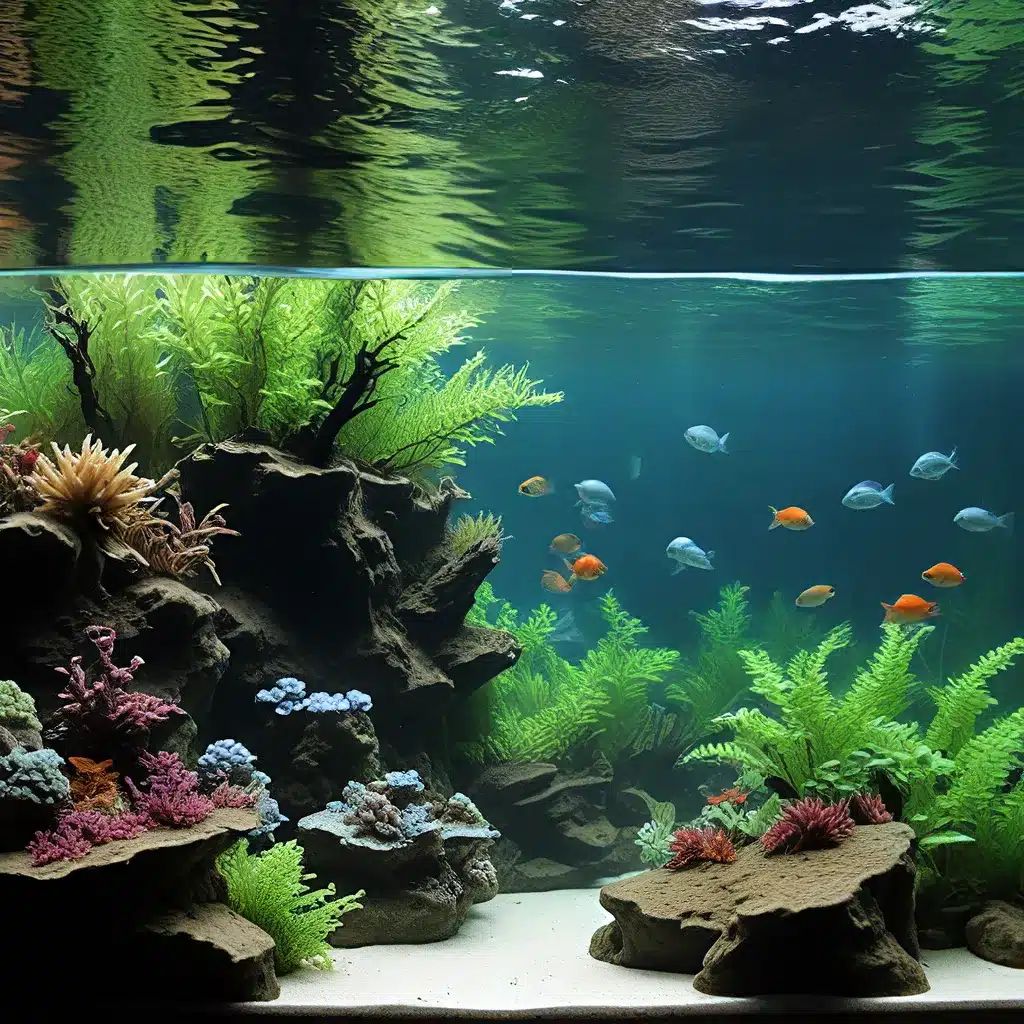
Understanding Filtration Essentials
Maintaining a healthy and thriving aquarium is a delicate balance, with filtration playing a crucial role in ensuring the well-being of your aquatic inhabitants. Whether you’re a seasoned aquarium enthusiast or just starting your journey, navigating the intricate world of filtration systems can be daunting. In this comprehensive guide, we’ll explore the various types of filtration media, their unique properties, and how to select the right system to meet your aquarium’s specific needs.
Effective filtration is the cornerstone of a successful aquarium, as it removes waste, dissolved organic compounds, and other impurities from the water. By understanding the different filtration techniques and their respective strengths, you can create a tailored solution that optimizes water quality and promotes the long-term health of your aquatic ecosystem.
Exploring Filtration Media Options
When it comes to aquarium filtration, there are several types of media to consider, each with its own advantages and applications. Let’s delve into the world of activated carbon, mechanical filtration, and biological filtration to help you make an informed decision.
Activated Carbon: Known for its versatility in water purification, activated carbon is a popular choice for aquarium owners. This porous material is derived from various sources, including coal, wood, and coconut shells, and is prized for its ability to remove a wide range of impurities, including dissolved organic compounds, medications, and discoloration. By selecting the right type of activated carbon, you can effectively address the specific needs of your aquarium, whether it’s a freshwater or saltwater setup.
Mechanical Filtration: Mechanical filtration aims to remove solid waste, uneaten food, and other particulate matter from the water column. This is often achieved through the use of filter media, such as sponges, floss, or specialized filter pads, which physically trap debris as water passes through. Maintaining a clean and well-functioning mechanical filter is crucial for maintaining clear, healthy water and preventing the buildup of harmful waste.
Biological Filtration: The cornerstone of a balanced aquarium ecosystem, biological filtration relies on beneficial bacteria to break down ammonia and nitrites, converting them into less toxic nitrates. This process is facilitated by specialized media, such as bio-balls, ceramic rings, or bio-media, which provide a large surface area for the growth of these beneficial microorganisms. By optimizing your biological filtration system, you can create a stable, self-sustaining environment for your aquatic inhabitants.
Choosing the Right Filtration System
Now that you have a basic understanding of the different filtration media, it’s time to consider how to select the right filtration system for your aquarium. This decision will depend on several factors, including the size of your tank, the type of aquatic life you’re keeping, and your overall water management goals.
King Aquarium recommends taking a holistic approach to filtration, incorporating a combination of mechanical, biological, and chemical (activated carbon) filtration components. This multi-stage filtration system ensures that your aquarium water is consistently maintained at optimal levels, providing a healthy and thriving environment for your aquatic pets.
When selecting a filtration system, it’s essential to consider the water flow rate, the size of the filter, and the specific needs of your aquarium inhabitants. For example, a heavily stocked freshwater tank may require a more robust filtration system with a higher turnover rate, while a lightly stocked reef aquarium may benefit from a gentler, lower-flow setup to preserve delicate coral structures.
Maintaining and Optimizing Your Filtration System
Proper maintenance of your aquarium’s filtration system is crucial for its long-term performance and the overall health of your aquatic ecosystem. Regularly cleaning and replacing filter media, as recommended by the manufacturer, helps to maintain optimal water quality and prevent the buildup of harmful waste products.
Additionally, monitoring your water parameters, such as ammonia, nitrites, and nitrates, can provide valuable insights into the efficiency of your filtration system. By making adjustments as needed, you can fine-tune your setup to ensure that your aquarium inhabitants thrive and your aquascaping remains vibrant and visually appealing.
Embracing Sustainable Aquarium Practices
As aquarium enthusiasts, we have a responsibility to minimize our environmental impact and adopt sustainable practices. When selecting a filtration system, consider options that prioritize water conservation and minimize waste, such as reverse osmosis (RO) systems or those with efficient water-saving features.
Reverse osmosis technology, for example, offers a reliable and eco-friendly solution for producing clean, purified water for your aquarium, significantly reducing the need for water changes and waste disposal.
By incorporating sustainable aquarium practices into your filtration setup, you can contribute to the long-term health of our aquatic ecosystems and set an inspiring example for fellow hobbyists.
Unlocking the Full Potential of Your Aquarium
Navigating the complexities of aquarium filtration can be a rewarding journey, as it allows you to create a thriving and visually stunning underwater environment. By understanding the nuances of filtration media, selecting the right system for your needs, and maintaining it diligently, you’ll unlock the full potential of your aquarium and provide your aquatic inhabitants with the optimal conditions for growth and well-being.
Remember, the key to a successful aquarium lies in striking a delicate balance between the various components, with filtration playing a crucial role. By staying informed, experimenting with different techniques, and continuously improving your setup, you’ll embark on a captivating exploration of the aquatic world, fostering a deeper appreciation for its beauty and complexity.

